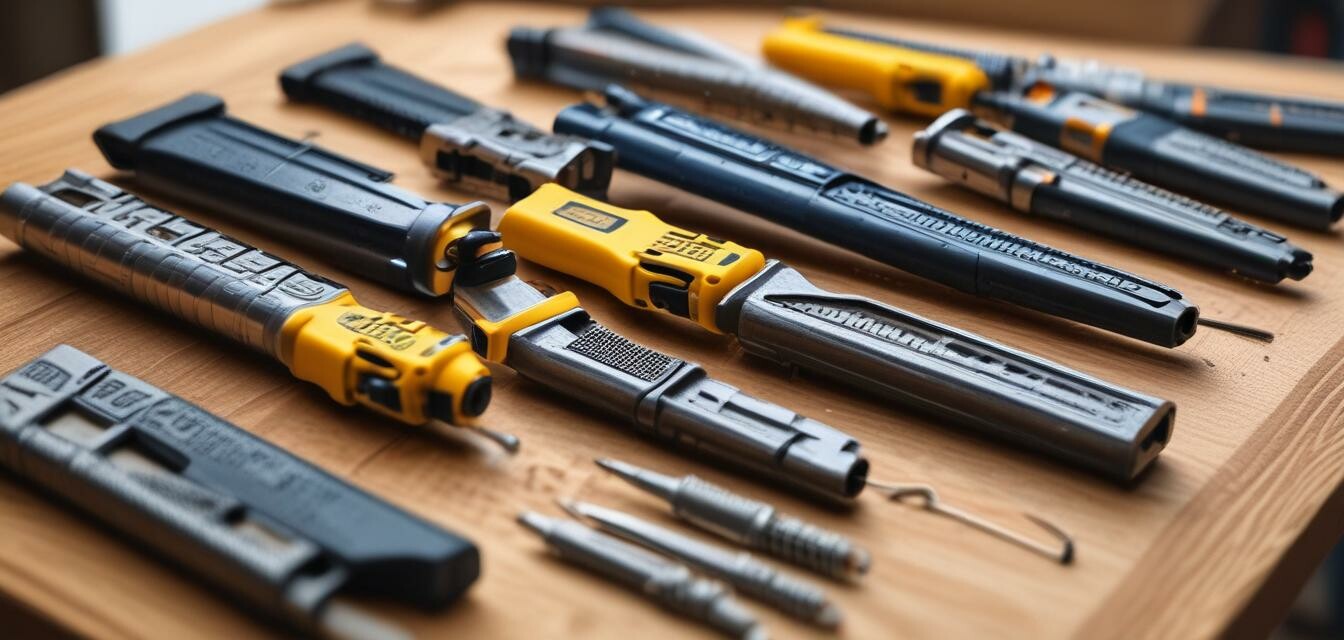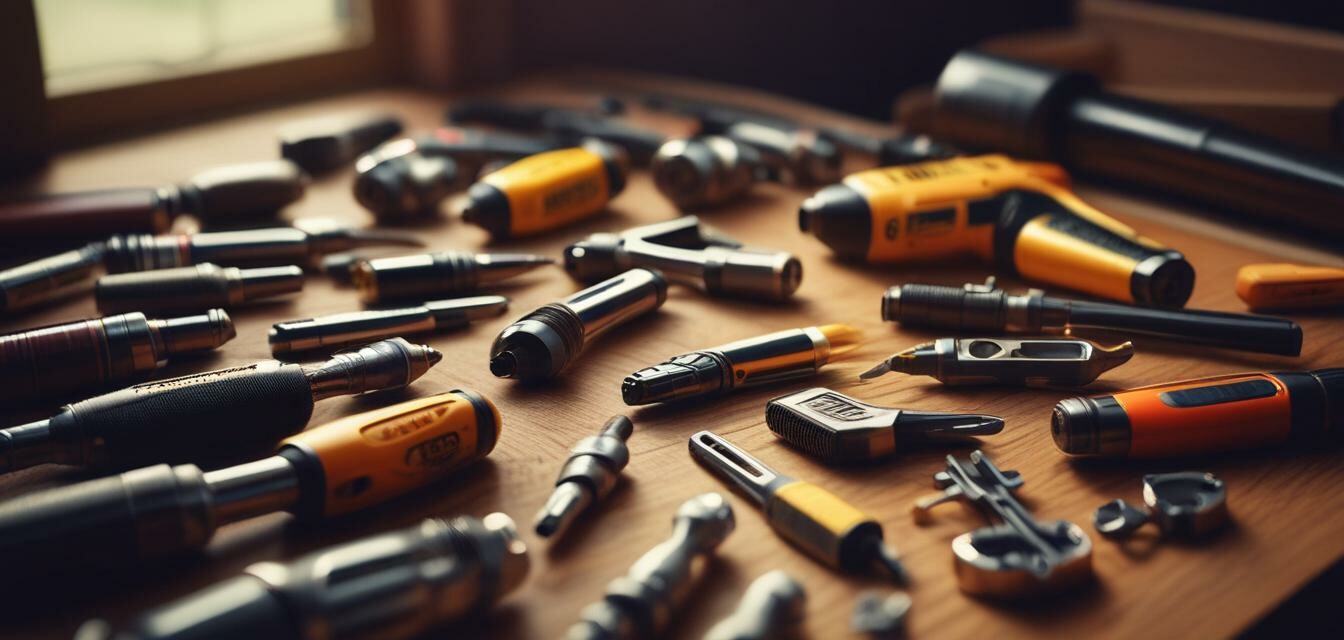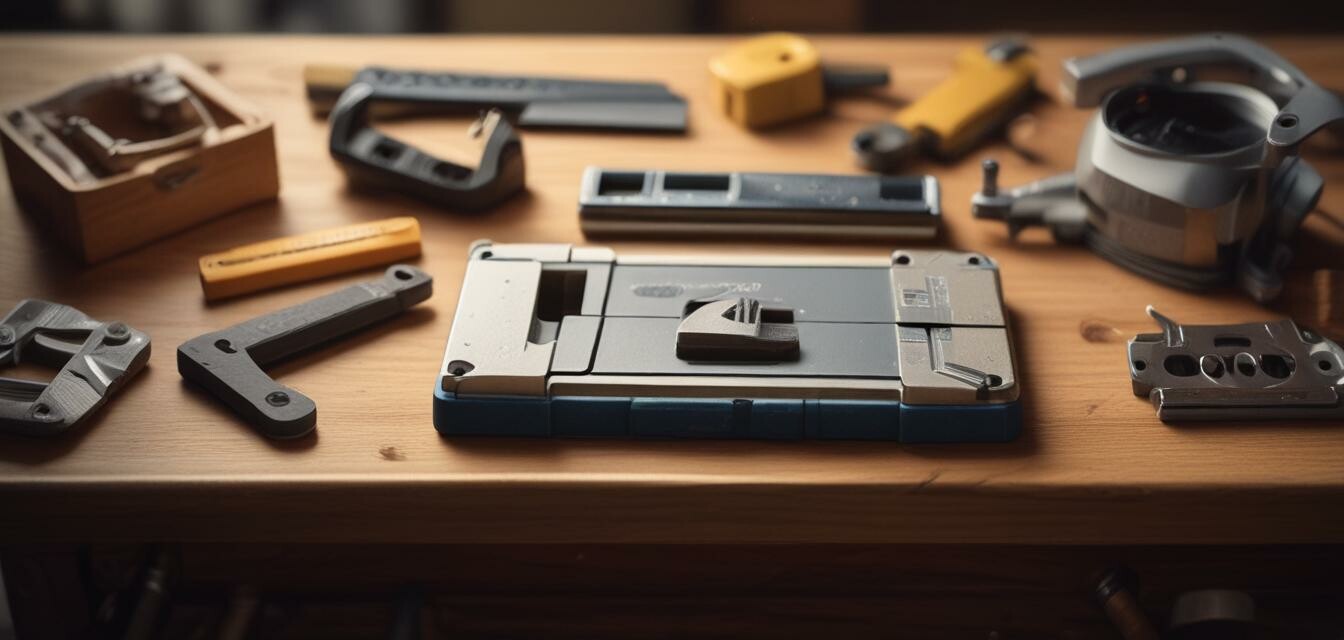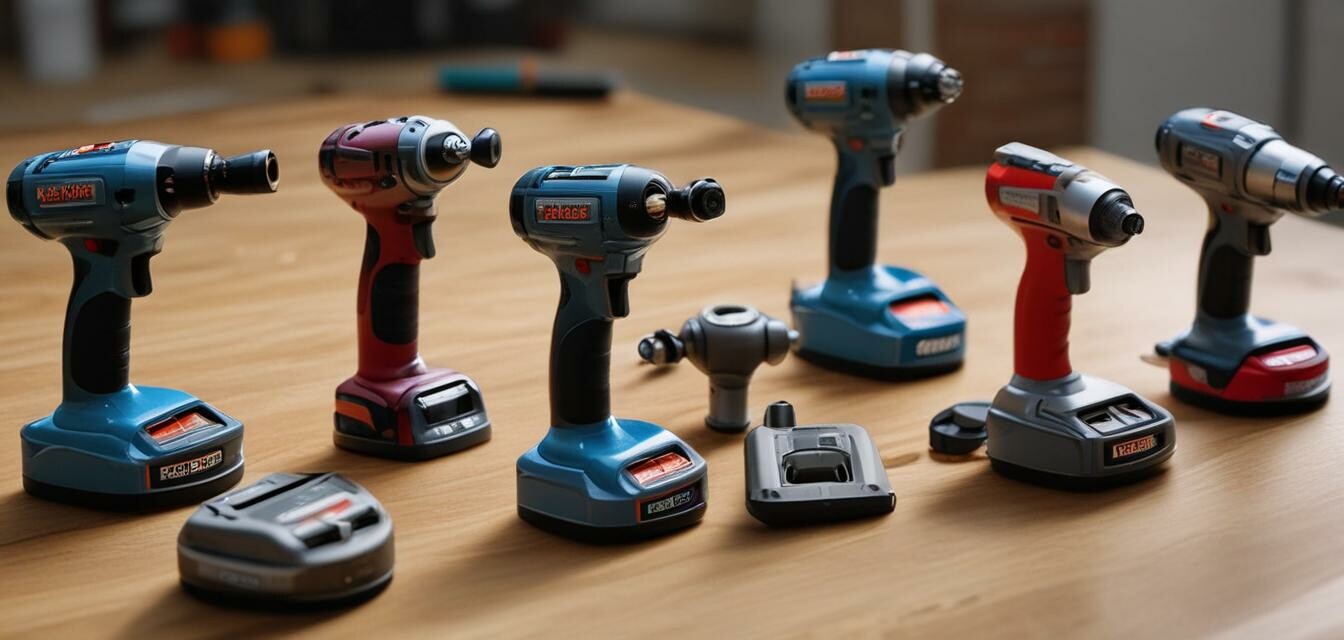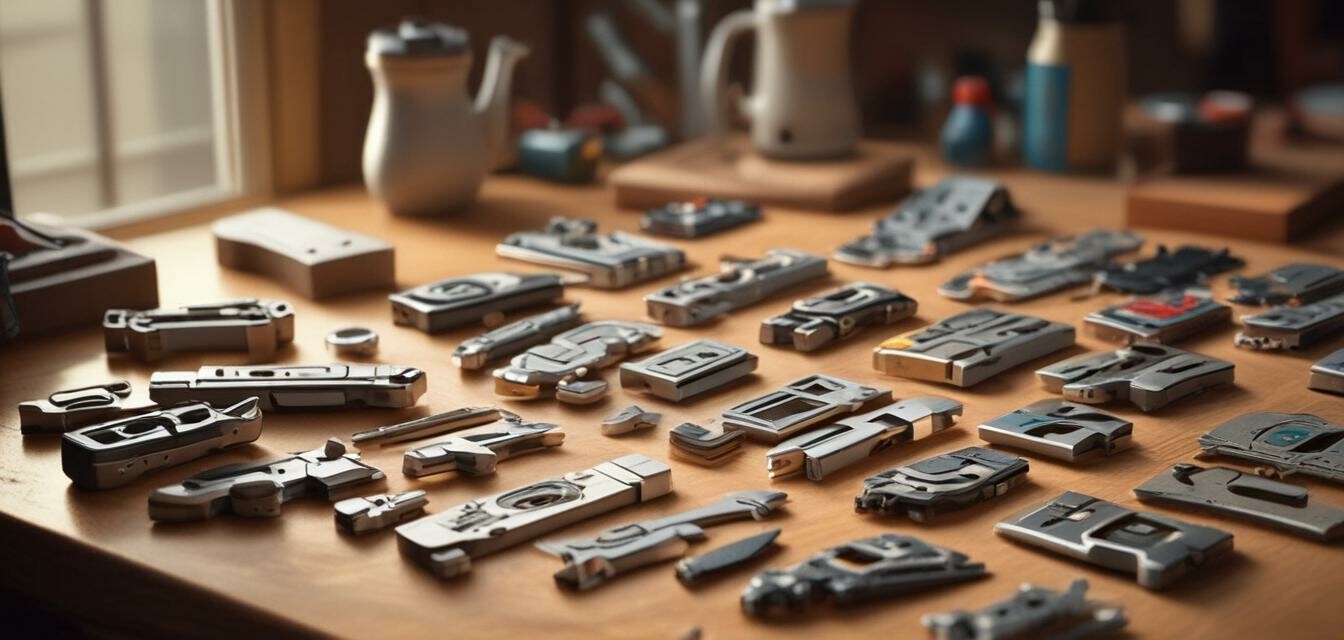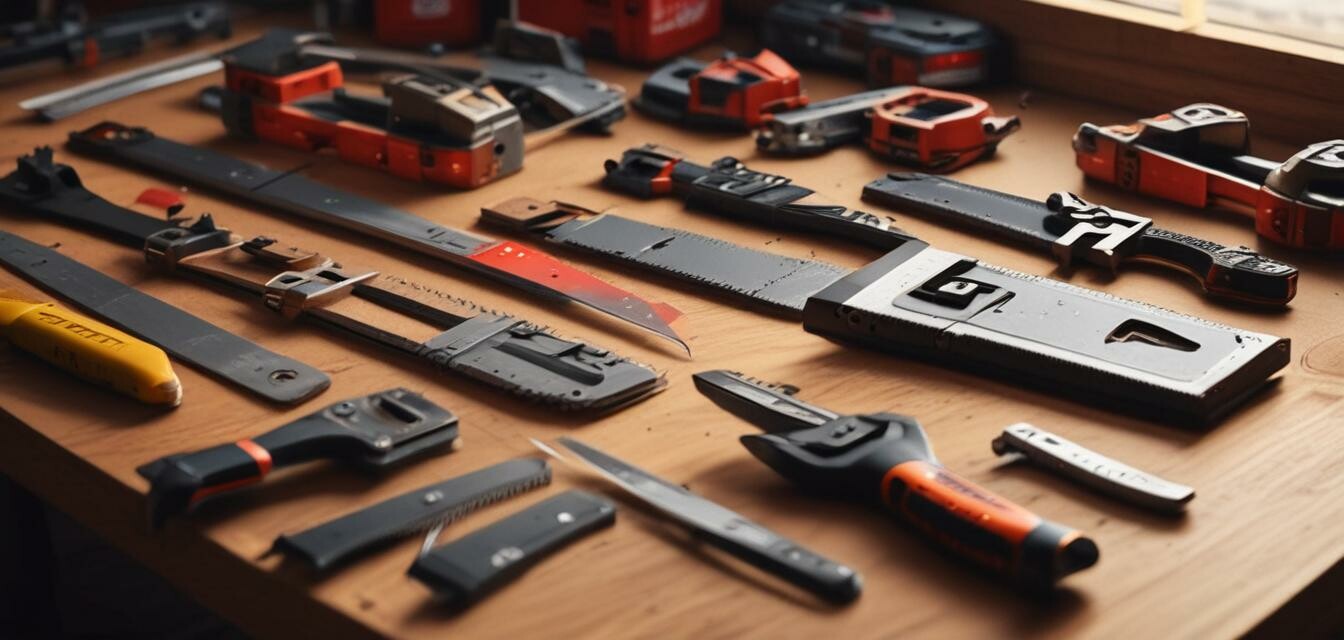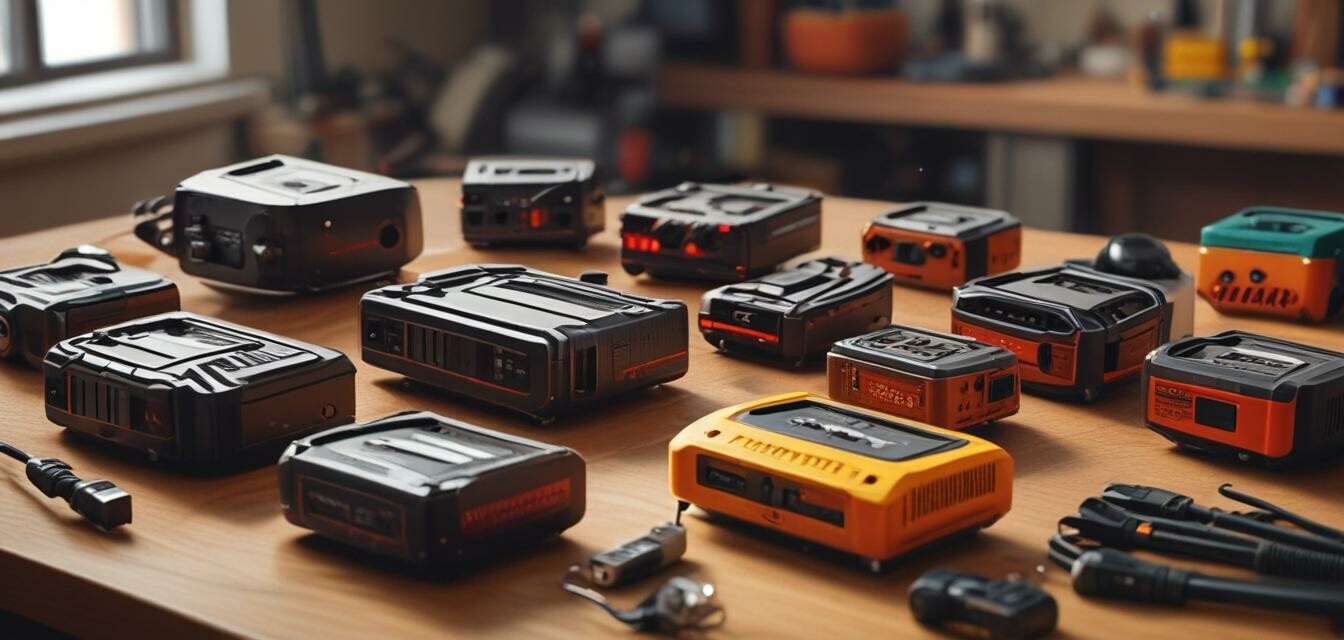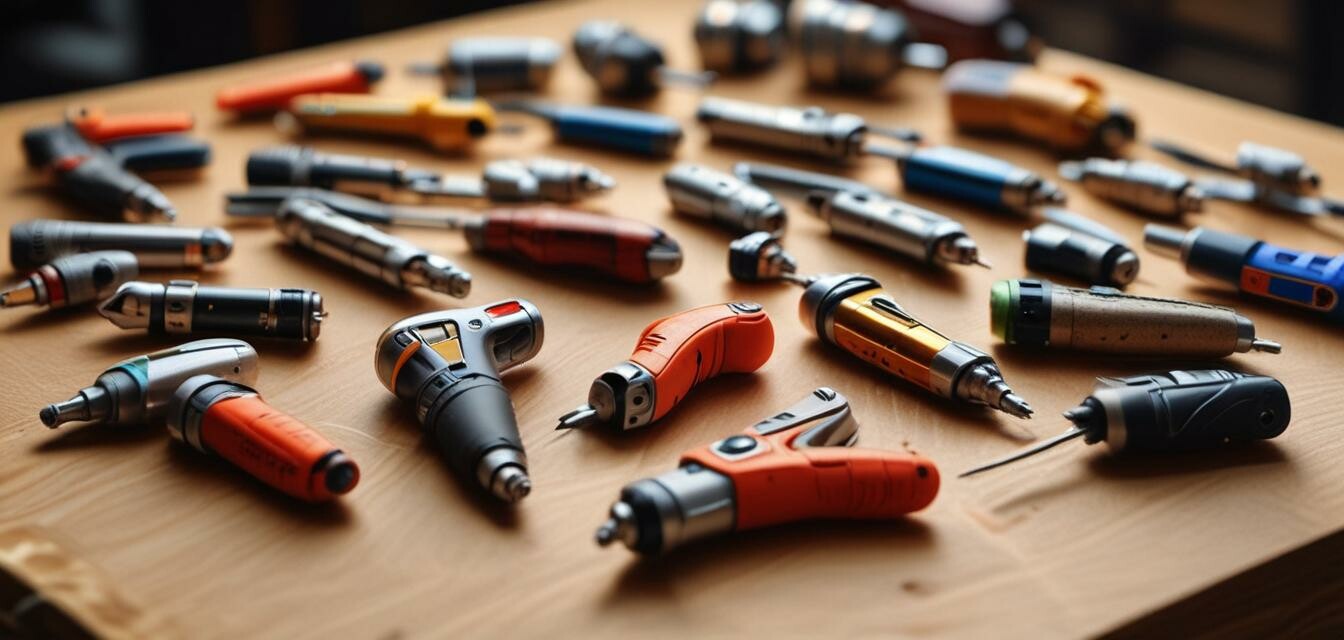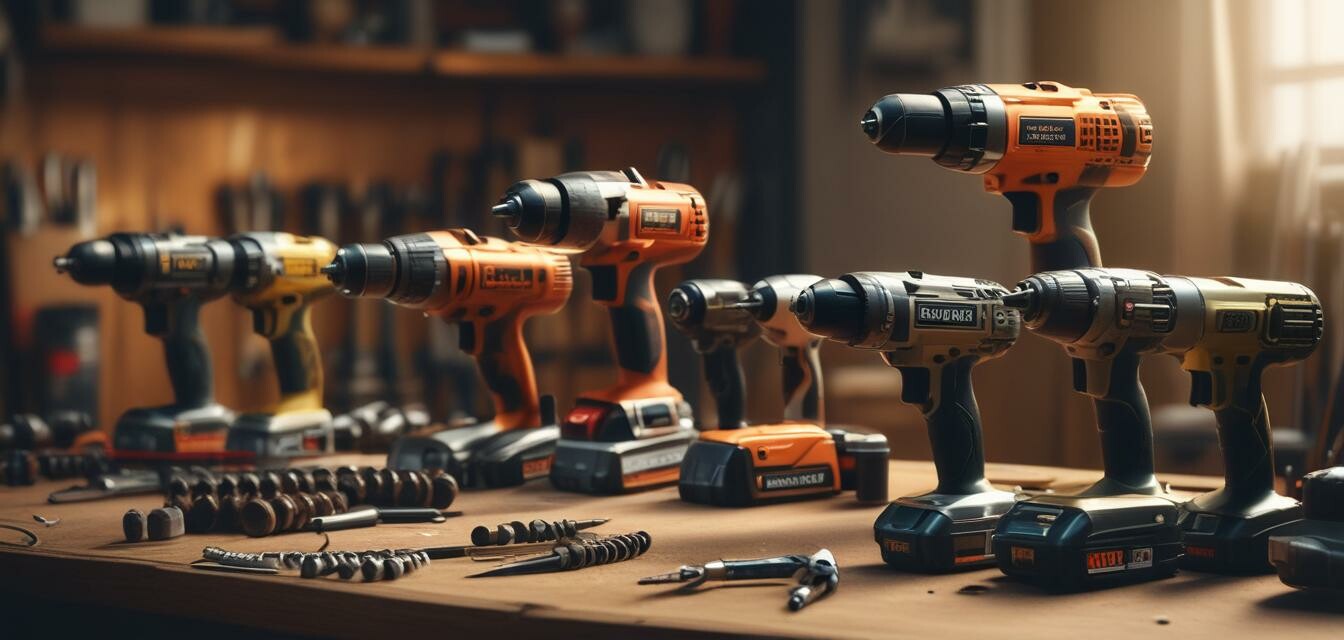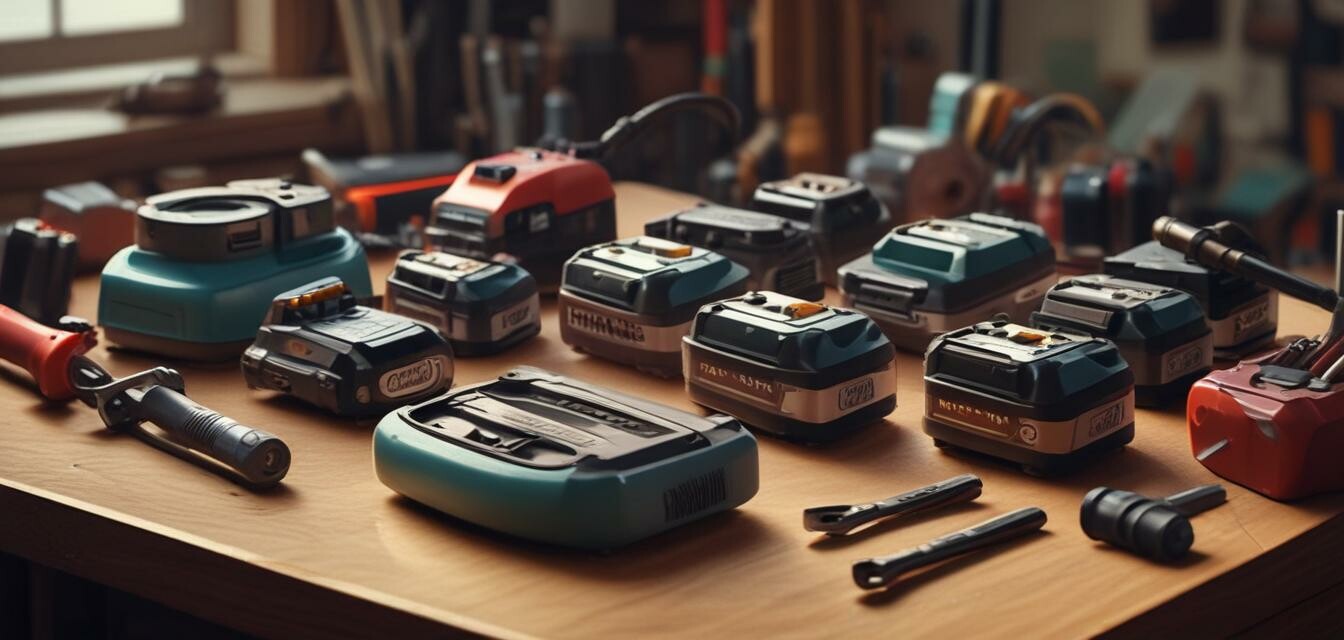
Battery-Powered Sanders
Key Takeaways
- Battery-powered sanders offer convenience and portability.
- They are ideal for both contractors and DIY enthusiasts.
- Look for features like battery life, power, and dust collection systems.
- Understanding different types can help choose the best sander for your projects.
- Many options come with interchangeable battery systems for added versatility.
Battery-powered sanders are becoming increasingly popular among contractors and DIY enthusiasts alike. With the rise of cordless technology, these tools provide the freedom to work without being tethered to a power outlet. In this article, we will explore various types of battery-powered sanders, their features, and how to choose the right one for your needs.
Types of Battery-Powered Sanders
Understanding the different types of battery-powered sanders is essential for selecting the right tool for your specific project. Here are the most common types:
- Random Orbital Sanders: These sanders produce a random orbit motion, minimizing swirl marks and providing a smooth finish.
- Belt Sanders: Known for their aggressive material removal, belt sanders are ideal for large flat surfaces.
- Detail Sanders: Perfect for intricate work, detail sanders can reach tight spaces and corners.
- Sheet Sanders: These use sandpaper sheets and are great for finishing work on various surfaces.
Comparison of Different Types of Battery-Powered Sanders
| Type | Best For | Pros | Cons |
|---|---|---|---|
| Random Orbital Sanders | Finishing surfaces | Smooth finish, versatile | May be less powerful than others |
| Belt Sanders | Large surfaces | Fast material removal | Can be aggressive, may damage surfaces |
| Detail Sanders | Intricate work | Great for corners | Limited power for large areas |
| Sheet Sanders | Finishing work | Easy to use, lightweight | Less effective on rough surfaces |
Features to Consider
When choosing a battery-powered sander, consider the following features:
- Battery Life: Look for models with long-lasting batteries to keep you working longer.
- Power: Higher voltage tools will generally provide more power for tough jobs.
- Dust Collection: A good dust collection system helps keep your workspace clean.
- Weight: Lighter models are easier to handle, especially for extended use.
- Ergonomics: A comfortable grip reduces fatigue during long projects.
Popular Battery-Powered Sanders on the Market
Here are some popular models worth considering:
| Brand | Model | Battery Type | Weight |
|---|---|---|---|
| Brand A | Model 1 | Li-ion | 3.5 lbs |
| Brand B | Model 2 | Li-ion | 4.0 lbs |
| Brand C | Model 3 | NiMH | 3.8 lbs |
| Brand D | Model 4 | Li-ion | 4.2 lbs |
How to Use a Battery-Powered Sander
Using a battery-powered sander correctly can maximize its efficiency:
- Charge the battery fully before use.
- Attach the appropriate sandpaper for your job.
- Hold the sander firmly and move it in the direction of the grain.
- Apply light, even pressure to avoid damaging the surface.
- Regularly check the sandpaper and replace it as necessary.
Tips for Beginners
Beginner Tips for Using Sanders
- Start with a lower grit sandpaper to avoid removing too much material.
- Practice on scrap wood to get a feel for the tool.
- Always wear protective eyewear and a dust mask.
- Keep the sander moving to prevent uneven spots.
- Invest in a quality battery for improved performance.
Maintenance of Battery-Powered Sanders
Proper maintenance will prolong the life of your sander:
- Regularly clean the dust collection system.
- Inspect the sandpaper for wear and replace as needed.
- Check battery connections and keep terminals clean.
- Store the tool in a dry place to prevent rust.
- Follow the manufacturer's guidelines for battery care.
Conclusion
Battery-powered sanders are essential tools for anyone looking to complete sanding projects with ease and efficiency. Their portability and advanced features make them a top choice for both professionals and hobbyists. By understanding the different types available, considering key features, and maintaining your tools properly, you'll be well on your way to achieving a flawless finish on your projects.
Pros
- Portability and convenience without cords.
- Variety of types for different sanding needs.
- Improved battery technology for longer use.
- Less noise compared to corded options.
Cons
- Limited run time depending on battery capacity.
- May require frequent battery replacements.
- Some models may lack power compared to corded versions.
Further Reading
For more information on power tools, check out our other guides:
